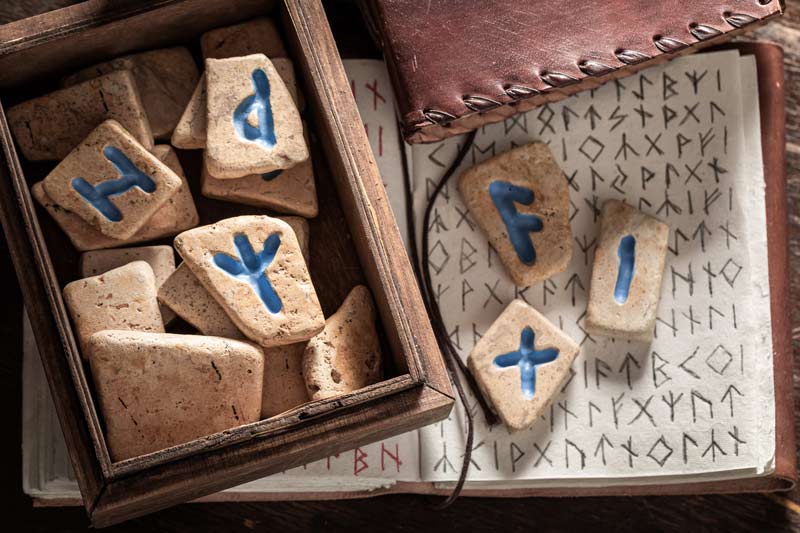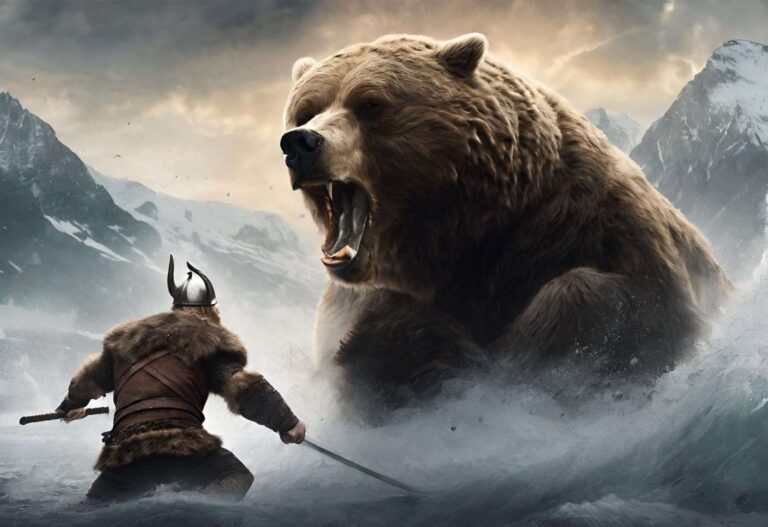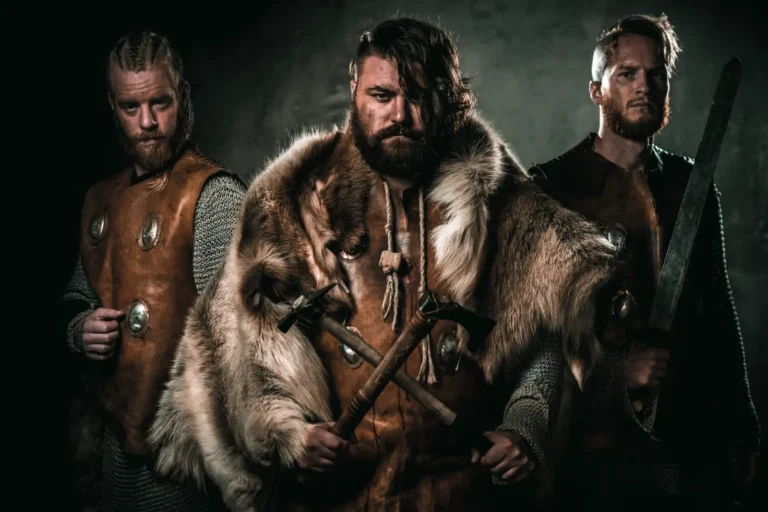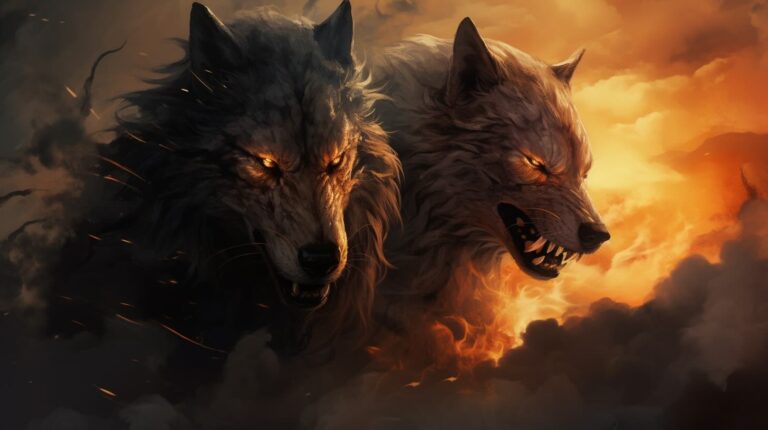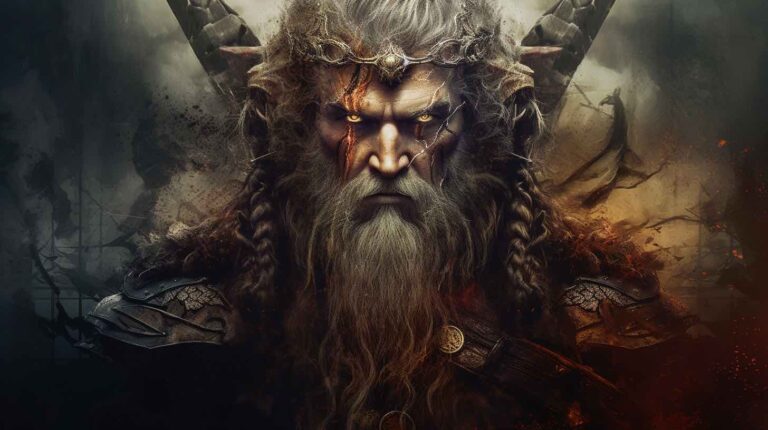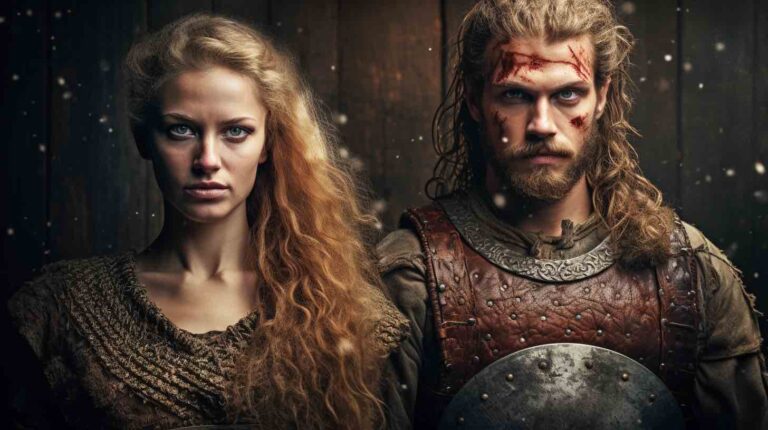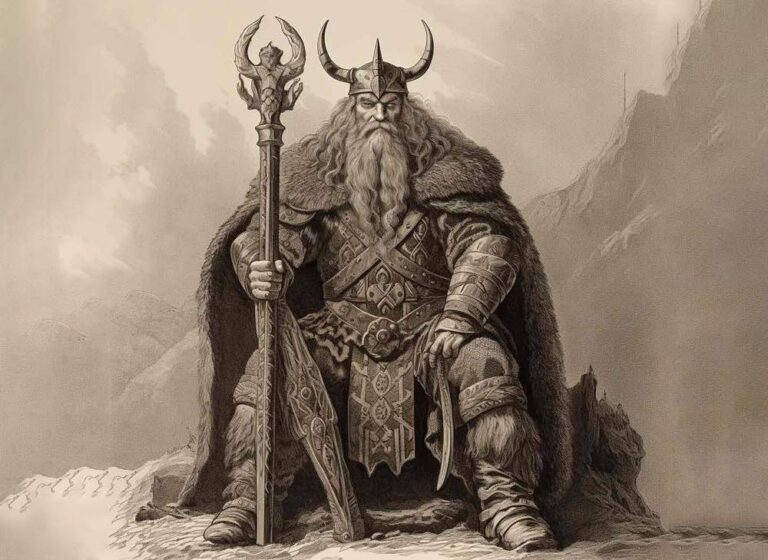Rune stones have long been seen as symbols of Nordic ancestry and culture. The Norse people, especially the Vikings and other tribes, employed the Elder Futhark runes. This was an ancient alphabet typically etched on these stones, for magic, divination, and communication. However, what do these runes symbolize and why are they so prized? This article will cover 5 powerful Elder Futhark runes, their significance, and any Celtic or Viking connections that may be made with these archaic symbols.
Fehu
Fehu, the first rune of the Elder Futhark alphabet, stands for wealth, abundance, and prosperity. During the Viking age, when prosperity was usually portrayed in terms of cattle, this rune was used to represent the power and worth of animals. The Bull, a similar symbol for prosperity employed by the Celts, suggests a possible relationship between the two cultures.

Ansuz
Ansuz is a rune that denotes wisdom, communication, and divine inspiration. It was associated with the Norse god Odin, who was known as the wisest of the gods and occasionally depicted holding a spear or staff with the word Ansuz inscribed on it. The meaning of the Ansuz rune emphasizes the relationship between speech and the mouth symbol in Celtic mythology.

Thurisaz
The Thurisaz rune has associations with safety, strenght, and defense. It resembles a thorn or a spear in appearance, and in Nordic magic it was widely used as a tool for warding off evil or protecting oneself from harm. Given that the oak tree served as a symbol of strength and protection in Celtic mythology, the Thurisaz rune may be connected to Celtic tree lore.

Raido
Journey, travel, and change are represented by the Raido rune. The rune was regularly carried by Viking warriors throughout long journeys as a kind of protection and was believed to be able to guide them safely to their destination. The Raido rune’s meaning is based on the frequent use of the wheel symbol to represent the cyclical nature of life and death in Celtic mythology.

Algiz
The Algiz rune is a representation of greater consciousness, defense, and protection. It may have something to do with the idea of enlightenment or spiritual awakening because of how it looks like a human figure with its arms extended. The stag, a potent symbol of protection and a frequent representation of the divine in Celtic mythology, may also reflect the meaning of the Algiz rune.

Viking Rune Stones
Along with being utilized as individual symbols, the Elder Futhark runes were frequently etched onto rune stones by the Vikings and other Norse peoples. These stones served a variety of purposes, including as marking graves, commemorating important events, and recording history. As a reminder of the rich cultural heritage of the Nordic and Viking peoples, many of these rune stones can still be discovered today.
Celtic Rune
Although the Celts did not explicitly use the Elder Futhark runes, they did have a long history of using symbols to communicate meaning and spiritual beliefs. For instance, the Celtic cross, which is sometimes associated with the Celtic goddess Brigid, is a potent symbol of spiritual protection. Other images, like the triskele or triple helix, were used to represent how everything is interconnected.
Conclusion Elder Futhark Runes
The Elder Futhark runes and the Viking rune stones provide an intriguing look at the rich cultural legacy of the Nordic peoples. From the wealth and prosperity depicted by the Fehu rune to the protection and higher consciousness represented by the Algiz rune. There is no doubt that all these runes are all in their own way, a powerful piece of history.
